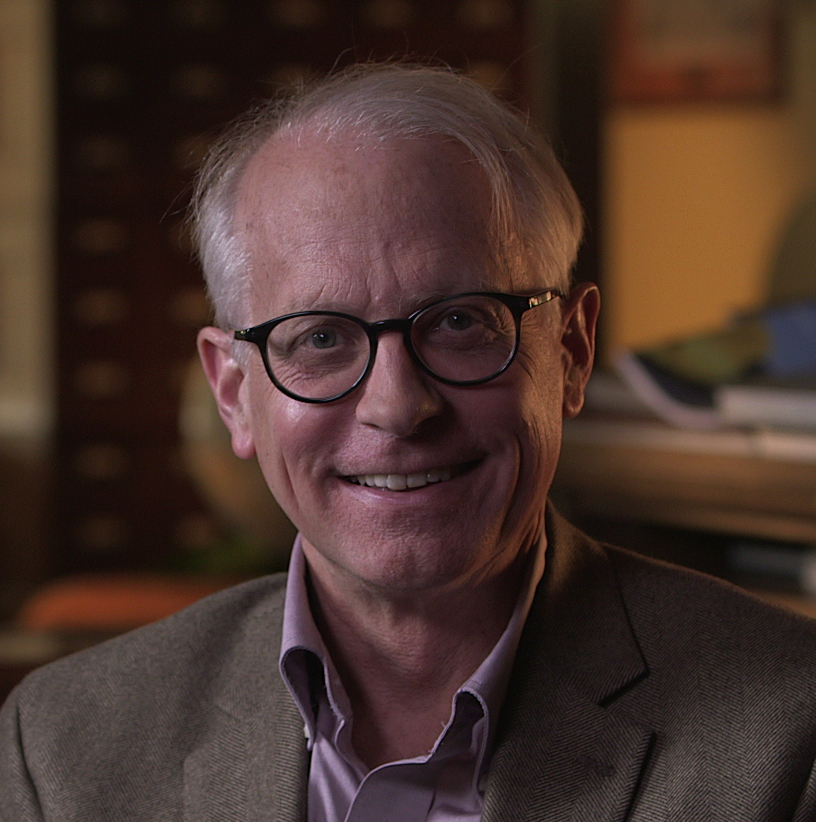 We are very pleased to present exciting new developments at EFree since our last newsletter. The science highlights emphasize the breadth of energy materials and problems under study in the Center as well as the synergy between experiment and theory.
We are very pleased to present exciting new developments at EFree since our last newsletter. The science highlights emphasize the breadth of energy materials and problems under study in the Center as well as the synergy between experiment and theory.
Science highlights include identifying the crystal structure of a potential new hydrogen-storage material: a new type of ice that resembles the mineral quartz that is stuffed with over five weight percent of molecular hydrogen. The x-ray work was carried out using single-crystal x-ray diffraction APS Sector 16 HPCAT. A second investigation that featured x-ray spectroscopy measurements at HPCAT was combined theory and experiment study of the temperature-induced electronic topological transition in FeTi, an interesting material that also has interesting hydrogen absorption properties. In work carried out at SNS, a novel polymerization reaction was uncovered using a variety of experimental and theoretical techniques.
Two purely theoretical studies are also highlighted. The first is a study that has identified new structures of dense hydrocarbon materials at very high pressures. The results provide insight in the structure and bonding important for in the search for new carbon- and hydrogen-rich materials. A second theoretical study focuses on pure hydrogen at extreme conditions, and shows that this fundamental system could be a topological insulator and/or semimetal at high pressures, results that point to possible surface superconductivity in the material at high pressure.
These results were among the advanced presented at EFree’s Annual Meeting, which took place Oct. 3-5 at the Advanced Photon Source, Argonne National Laboratory. The meeting included scientific sessions dedicated to the Center’s main projects: New Nanophase Carbons, Porous Materials, New Solar Materials, and Electron Transport in Light Element Materials, as well as updates from our Neutron and X-ray Scattering programs. Posters were presented by students and postdoctoral fellows, with awards going to Xiang Li, Sabri Elatresh, and Yiqun Liu.
Other personnel highlights include the “Student/Postdoc” spotlight on new Caltech graduate student Nick Weadock. We also pleased to welcome the following other new students and postdocs to EFree: Sabri Elatresh (Cornell), Damian Paliwoda (Lehigh), Xiao Tong (Caltech), and Enshi Xu (George Washington), who was formerly an EFree graduate student at Penn State.
We are also pleased to report that a short booklet about the EFRC program highlights the EFree’s discovery of carbon nanothreads, a topic that continues to garner attention worldwide as a new nanomaterial with numerous potential implications for energy and other applications. On the programmatic front, we delighted to have joined the new “Silver Team” of EFRCs under our new program manager, Michael Pechan. The other EFRCs that are members of the team are CCDM (Temple), CES (BNL), CNGMD (NREL), and SHINES (UC Riverside). We are pleased by the new interactions and synergies made possible by the creation of the Silver team.
Sincerely,

